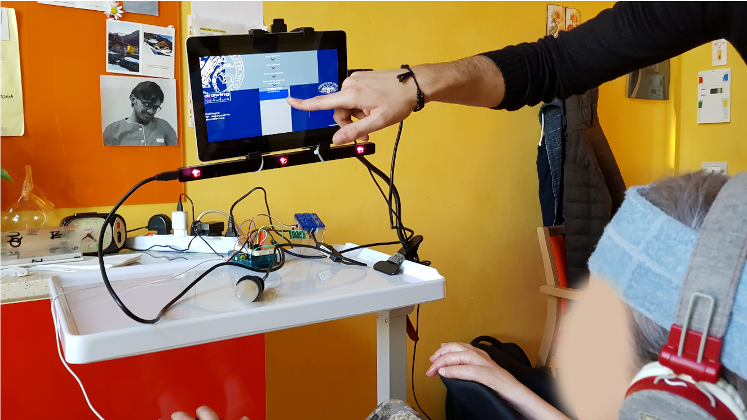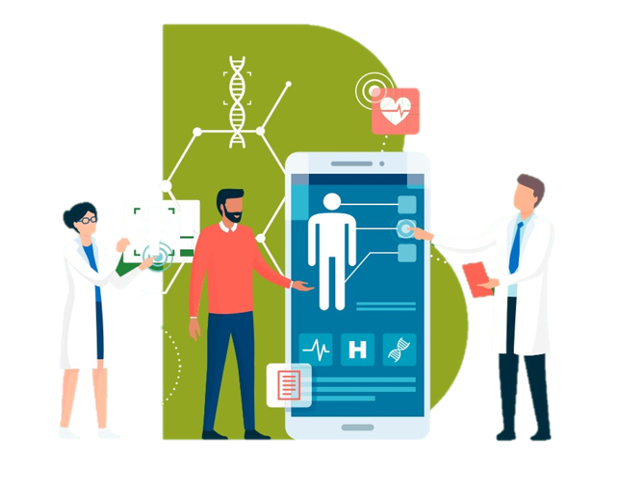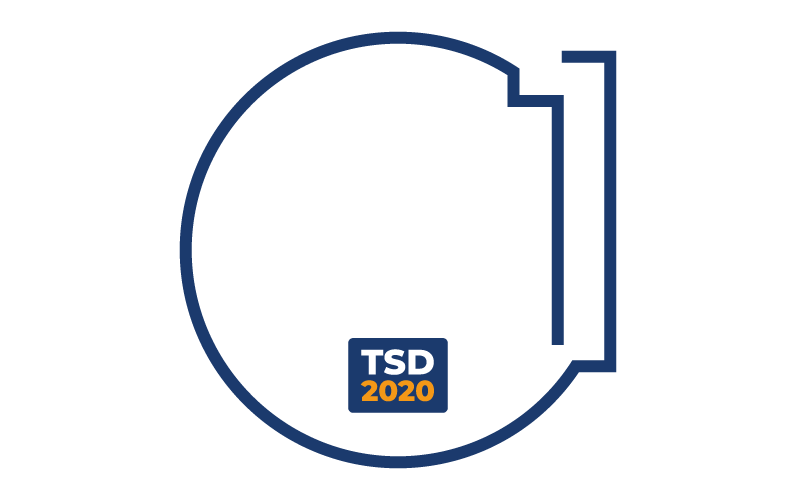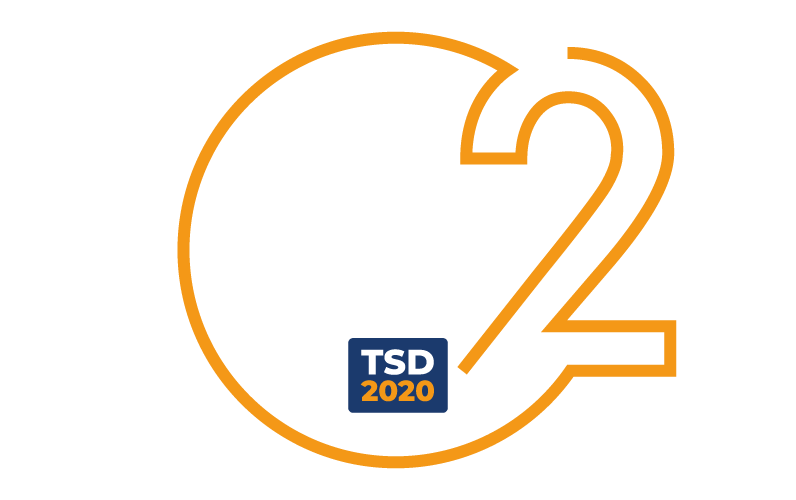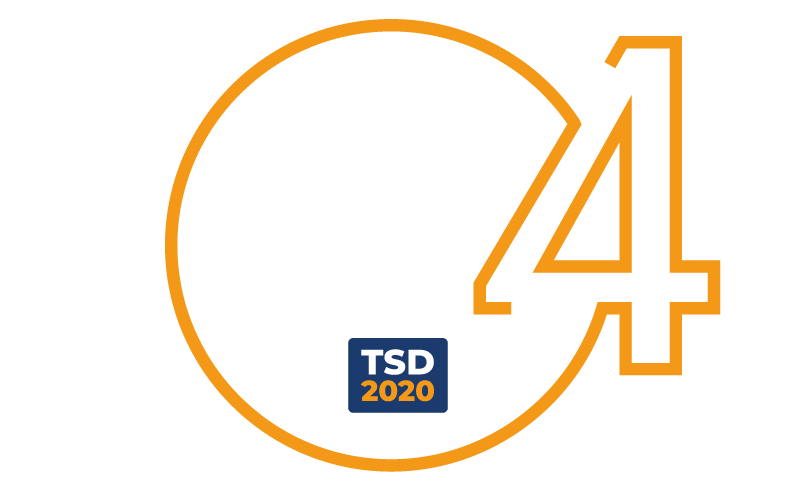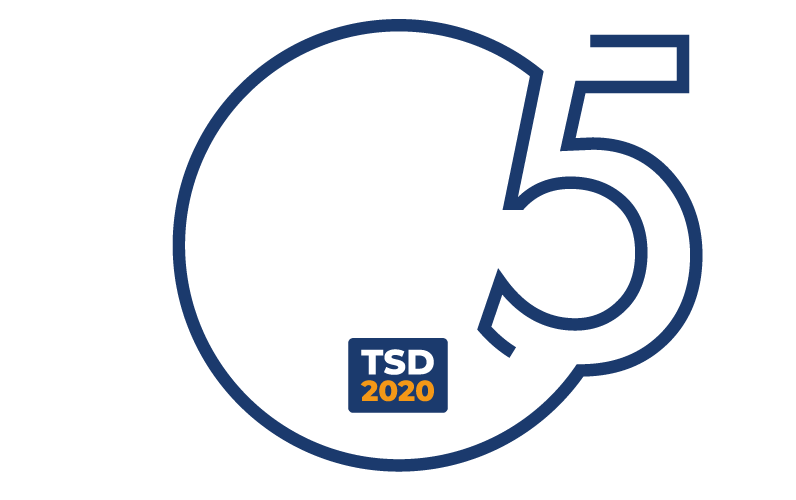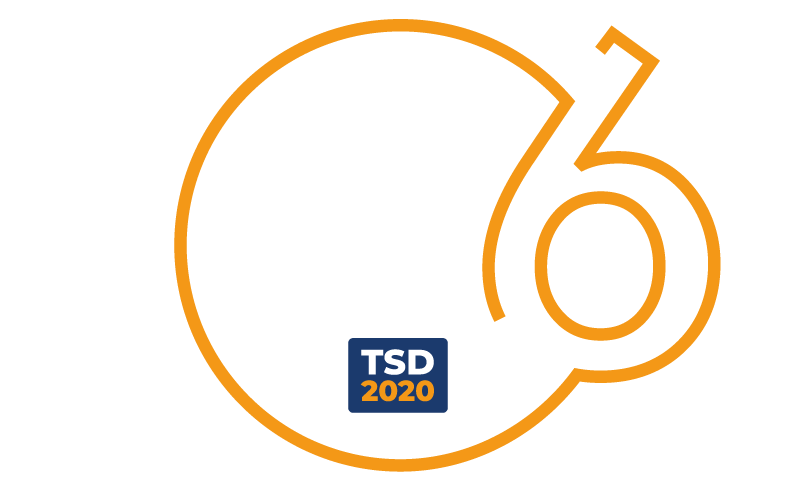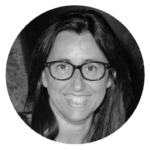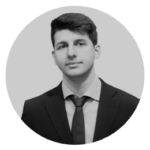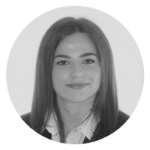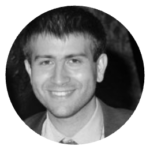Amyotrophic Lateral Sclerosis (ALS) is a rare disease with a strong social impact: patients’ mental functions remain intact, while they progressively lose control of all voluntary muscles. The only way they can communicate is through eye movement. Today, the systems of choice for assistance are Eye Gaze Communicator Devices, which allow a virtual keyboard to be controlled through eyes. These devices are based on a closed operating system, their update is often difficult and their software infrastructure is monolithic, therefore subject to frequent failures. With these considerations in mind, the need for a modern approach integrated into Eye Gaze systems arose. Emerging technologies were therefore used, providing an innovative system to give these patients back more independence.
The goal is the implementation of a Virtual Reality (VR) oriented technology that can give more autonomy in the daily actions of patients and that can allow their monitoring by health professionals. These functions are realized thanks to Building Information Modeling (BIM), a method to optimize the planning, construction and management of buildings through parametric 3D models.
The mainstay of the proposed work is an advanced micro services architecture, which controls the BIM model, databases and communication of an Internet of Things (IoT) system.






